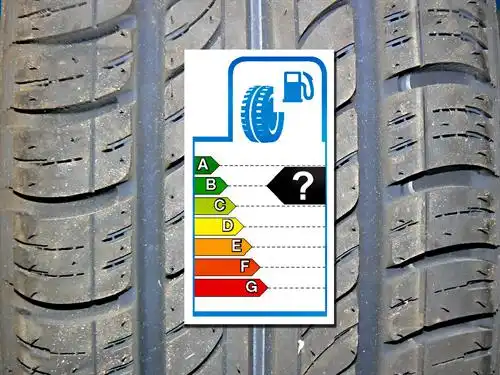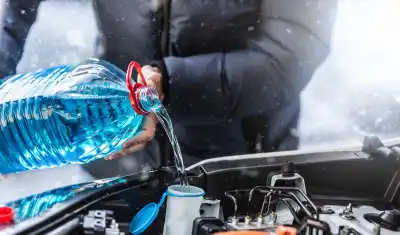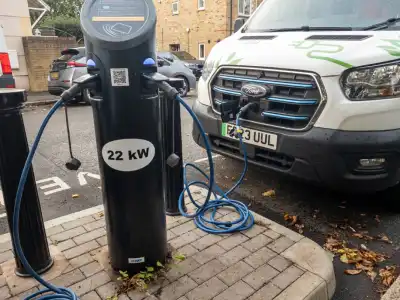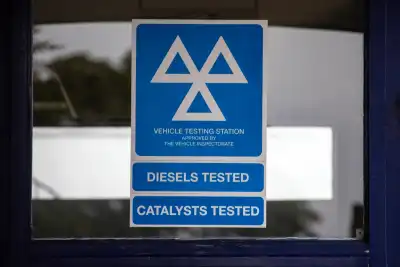
The European Tyre Label contains a wealth of easy to follow information that helps motorists purchase suitable compounds.
Car, sports-utility, van and truck tyres have, by law, been accompanied by a label since November 2012. It resembles those found on white goods such as fridges and incorporates three elements: Fuel Efficiency, Wet Grip and External Rolling Noise.
Fuel Efficiency
The Fuel Efficiency element relates to rolling resistance. A tyre with low resistance requires less energy to spin than a tyre with high resistance. This energy, of course, comes courtesy of the engine which burns more or less fuel according to its workload.
A tyre is rated from A to G, with the former the most efficient and the latter the least. Each rating represents a variation of between 2.5% and 4.5%. This is emphasised by colours that range from green (for A, B and C), through yellow / orange (D, E and F), to red (G).
Tyresonthedrive.com supplies tyres and estimates that the difference in fuel consumption between A and G “is around 0.5 litres per 100km”. On this basis, any additional cost of buying a low resistance tyre might be recouped over time. Burning less fuel also reduces a vehicle's emissions which benefits the environment.
Wet Grip
The Wet Grip element relates to the distance the tyre requires to stop at 50mph on a wet road. Once again, performance is expressed on a scale from A to G with colours for clarification. A rated is the best and G the worst. Each grade represents a stopping distance variation of 3 - 6 metres which is approximately 1 - 2 car lengths.
External Road Noise
The External Road Noise element is expressed in decibels, say 72 db. To add context, it is accompanied by 3 sound wave symbols each of which is black or white. 1 black wave indicates the best performance, 2 black waves is mid-ranking, and 3 black waves is the weakest. If every vehicle had quiet tyres then road noise could be reduced significantly. A quiet tyre can also reduce internal noise.
Exclusions
Not every tyre has to have a label. Exclusions include non-legal road tyres – such as compounds for racing cars – plus re-tread, spares and vintage compounds that are suitable for old vehicles.
Where To Purchase Tyres
Need new tyres? Enjoy free convenient mobile tyre fitting 7 days a week helping you save time and money.




